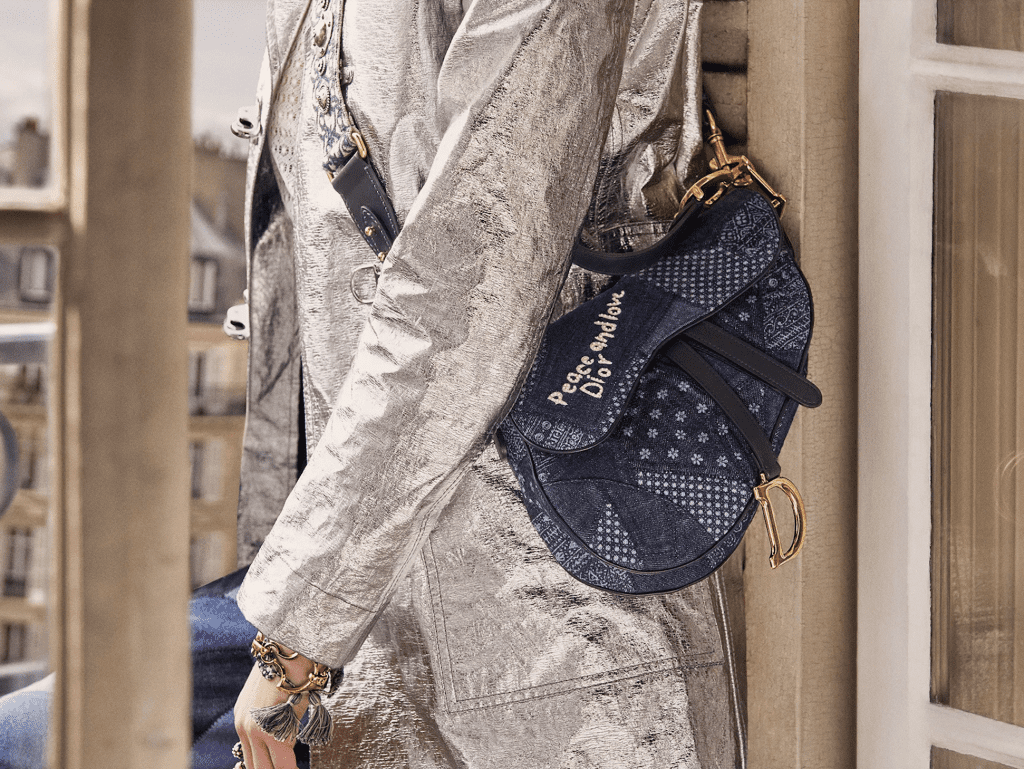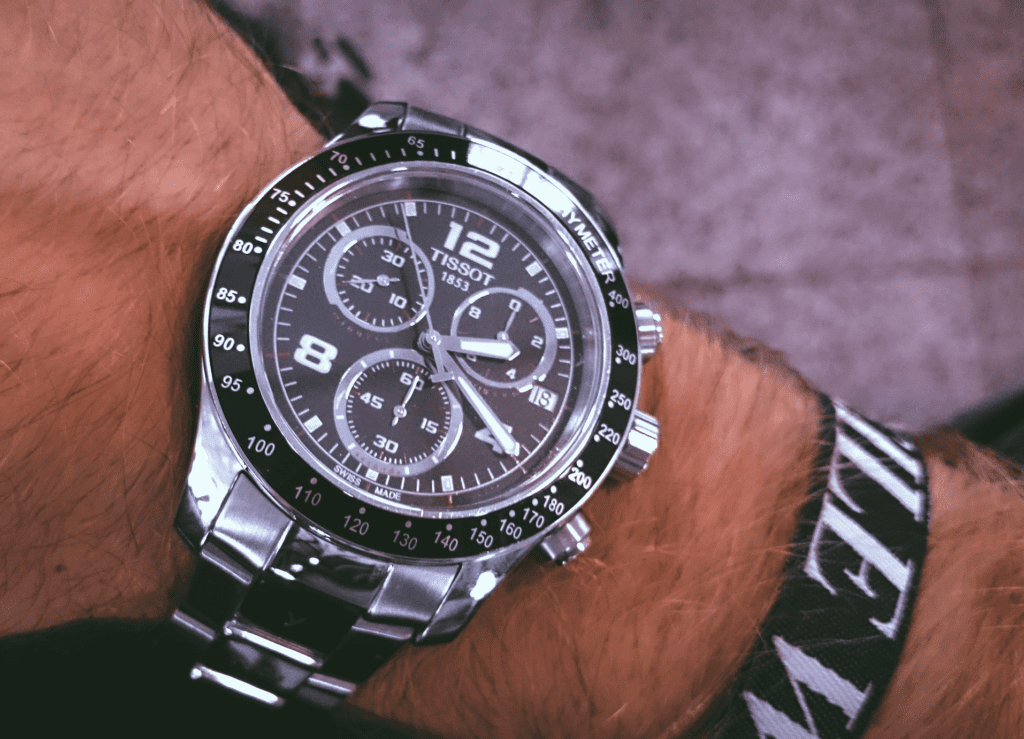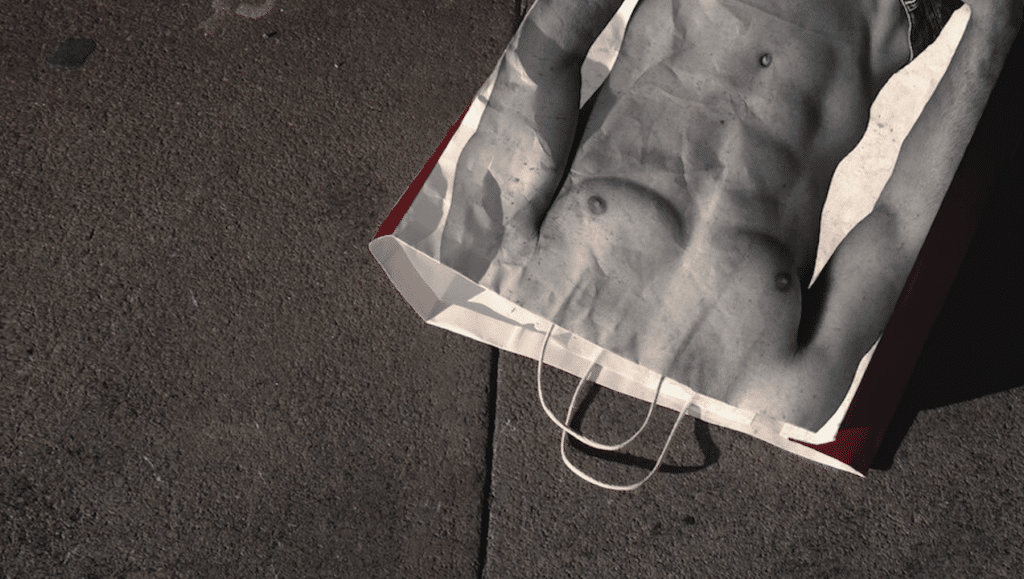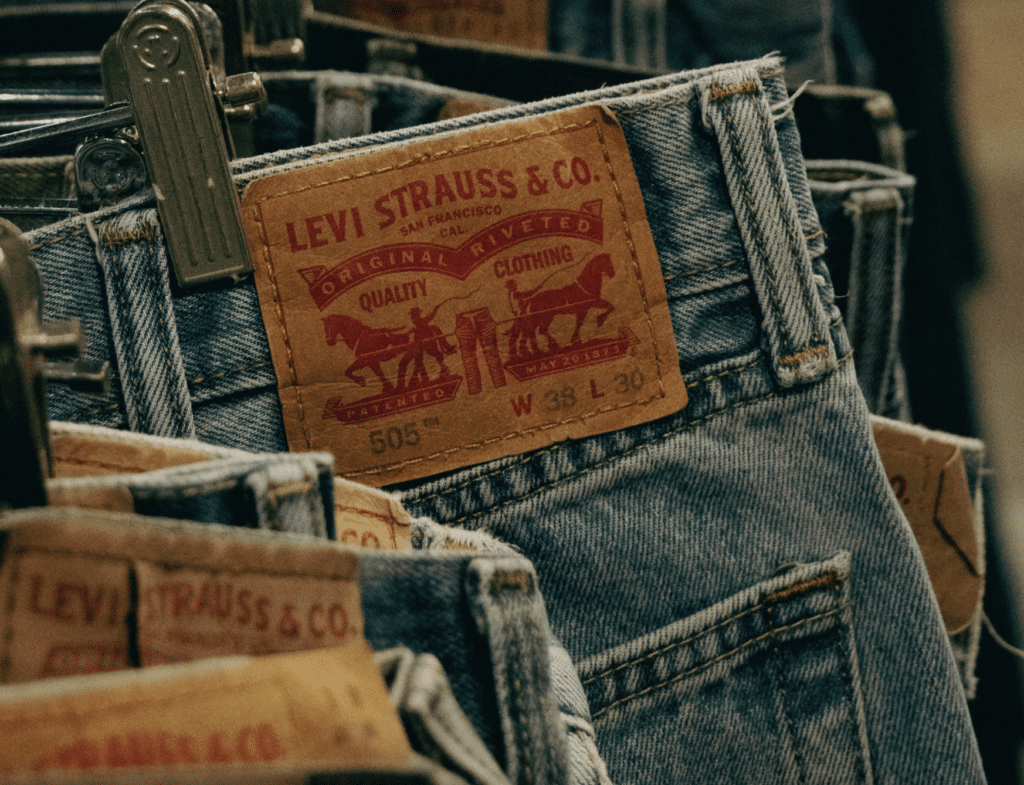Dior has brought an end to its quest to nab a U.S. trademark registration for the design of its Saddle Bag … at least for now. On the heels of receiving an Office Action in March in which the U.S. Patent and Trademark Office (“USPTO”) preliminarily refused to register “the three-dimensional product design of a bag with a curved and sloping base, and a single flap with curved contours covering the opening of the bag” as a trademark, counsel for Dior sought to abandon the application on September 9, and the USPTO signed off on the abandonment a day later, thereby, removing the application from the registration process.
After reintroducing the bag – which was first created by former Dior creative director John Galliano just over 20 years ago – as part of now-creative chief Maria Grazia Chuiri’s Autumn/Winter 2018 collection, Dior filed an application for registration for the design in March 2020, essentially asserting that the shape of the bag, itself, serves as an indication of source in the minds of consumers in largely the same way as the Dior name, for example, or its “CD” logo.
The application – which was filed in an intent to use basis – faced pushback from the USPTO from the outset, with an examining attorney for the trademark body preliminarily refusing to register the Saddle Bag mark on two occasions on the basis that the mark amounts to “a nondistinctive product design or nondistinctive features of a product design.” According to a March 2021 Office Action, the second refusal letter from USPTO, examining attorney John Mitchell asserted that Dior’s Saddle Bag mark is ineligible for registration on the USPTO’s Principal Register without Dior showing that the bag design has “acquired distinctiveness.”
(At some point between the application being filed and the second Office Action being issued, Dior opted to remove its claims to “Classes 9 and 25 in their entireties [from its application], and amended Class 18 to restrict the identification of goods to ‘coin purses; bags in the nature of purses, clutches and handbags; handbags; leather clutch bags’ in Class 18.’” It also amended the description of the trademark from “a design of a tote” to the more specific, “three-dimensional product design of a bag with a curved and sloping base, and a single flap with curved contours covering the opening of the bag.”)
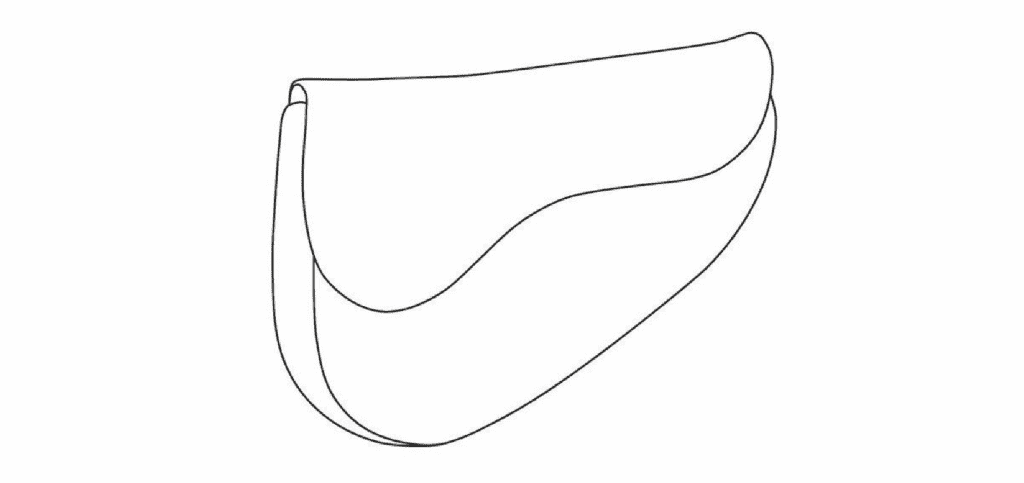
Mitchell stated that by simply claiming that the “applied-for-mark is distinctive and has become recognized as one of the most iconic bag designs in the world,” Dior filed to produce evidence of acquired distinctiveness – or in other words, proof that as a result of Dior’s extensive use and promotion of the bag design, “consumers now directly associate [the design] with Dior.”
In terms of responding to the Office Action with proof of acquired distinctiveness, it seems that Dior is not looking to fight that at this time. However, this is certainly not the last we will see of this mark. Dior currently has an application for the same mark pending before the European Union Intellectual Property Office; it also has an application for just the curved flap of the bag for use in Classes 18 and 25 pending before the USPTO.
THE BROAD VIEW: As for the U.S. application for registration for the Saddle Bag, one interesting element is Dior’s filing on a 1(b) or intent to use basis, which generally means that the applicant is either not yet using the mark in commerce but has a bona fide intent to do so or may be using the mark in commerce but not claiming use in commerce yet for some reason. This is worthy of note (I think), as while Dior has only been selling the Saddle Bag (again) since the summer of 2018 following a long break in sales of that specific bag, there may be arguments to be made – and/or important takeaways for brands to garner – about Dior maintaining rights in the arguably source-identifying bag.
To date, the notion of trademark rights remaining in effect even when the original rights holder is not actually making and selling new versions of a product has largely been discussed in the context of cars. As Fish & Richardson attorney Keith Barritt wrote several years ago, in “a few cases, often involving durable products like automobiles, [courts] have held that a trademark owner retains rights in the mark, even if no goods have been sold for several years.” For example, Barritt noted that “where no Ferrari DAYTONA SPYDER automobiles were manufactured for thirteen years, with no plans to resume making such cars again, a U.S. federal court, nonetheless, found that the distinctive trade dress in the shape of the car was not abandoned” because: (1) Ferrari continued to supply parts and service to the cars, and (2) the DAYTONA SPYDER design was deemed strongly and positively associated with Ferrari.
As such, Barritt contended that “in certain cases the existence of strong ‘residual goodwill’ can apparently serve as a basis for finding that no abandonment has occurred.”
Fast forward to late last year and the Court of Justice of the European Union handed Ferrari a win in a separate – but similar – case, determining that the Italian automaker has not manufactured new models of its famed Testarossa since the 1990s, but it may still maintain trademark rights in the name. In that case, the court found it to be significant that Ferrari offers pre-owned vehicles, including Testarossas, for sale by way of official partnerships with dealers, and also is also in the business of issuing certificates of authenticity – as well as providing parts/services – for used Testarossa models by way of its Ferrari Classiche “restoration and certification department.”
Both cases have been viewed as helping to expand the traditional understanding of use in commerce, which is required for trademark protection (and registration), and contributing to a “relatively low threshold needed to demonstrate ‘genuine use,’” according to Stevens & Bolton LLP attorneys Tom Collins and Amelia Talfourd-Cook.
There are some obvious differences between cars and handbags. Cars, for instance, have traditionally remained in the market much longer than things like handbags for various reasons, including differing levels of durability and investment, and the element of trends/seasonality that comes with less expensive purchases like bags. However, with the rise of the resale market, luxury handbags are taking on something of a new role in the market, one that increasingly sees them treated as investment-worthy assets, as well as potential heirlooms that can stand the test of time – both in terms of enduring style but also condition thanks to the rise of branded repair/restoration services.
As such, the idea of residual goodwill is relevant for certain classes of handbags, and likely should provide even more impetus for brands to consider offering up repair and restoration services, as well as warranties, like Chanel and others are currently doing. This may also push resistant luxury brands into the resale space, even if such an embrace of the secondary market comes by way of formal partnerships with existing resale players. (In the latest Ferrari case, partnerships with third-party dealers were sufficient “use” in the eyes of the court.)
In addition to providing companies with benefits, such as access to entry-level luxury spenders (in much the same way as more accessible, lower-priced, and oftentimes licensed products do), and greater levels of control over where and the conditions in which their pre-owned products are sold, secondary market efforts like these can also potentially help brands to extend the life of their valuable trademarks should they opt to put certain products on ice and then resume selling them years later. This is rarely an argument that is discussed in favor of brands venturing into resale and/or repair endeavors, but it is one worth considering, especially as brands continue to rely heavily on the role of (i.e., the revenues derived from) heritage or carry-over products, which are being reintroduced with increased frequency as of late – whether it be Gucci’s Jackie or of course, Dior’s Saddle.




